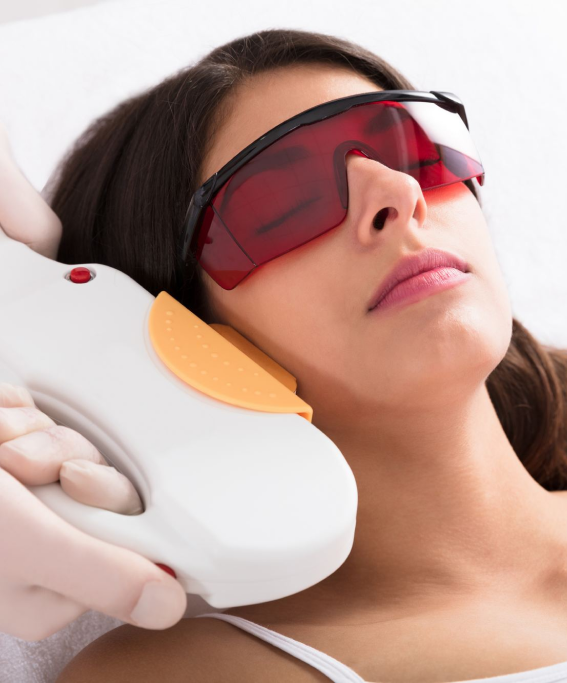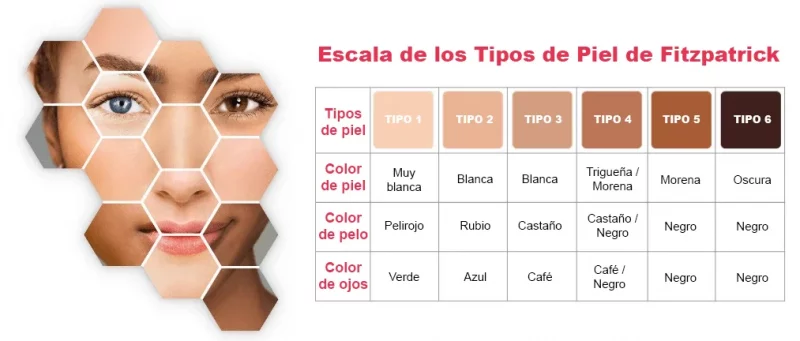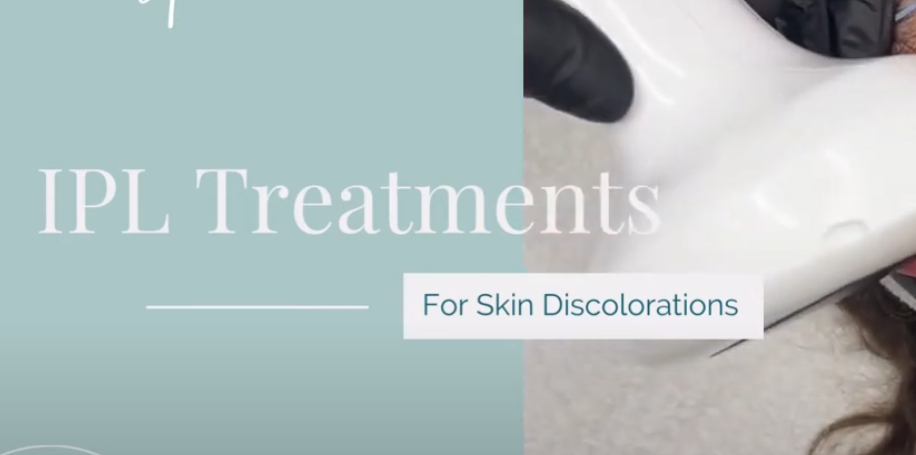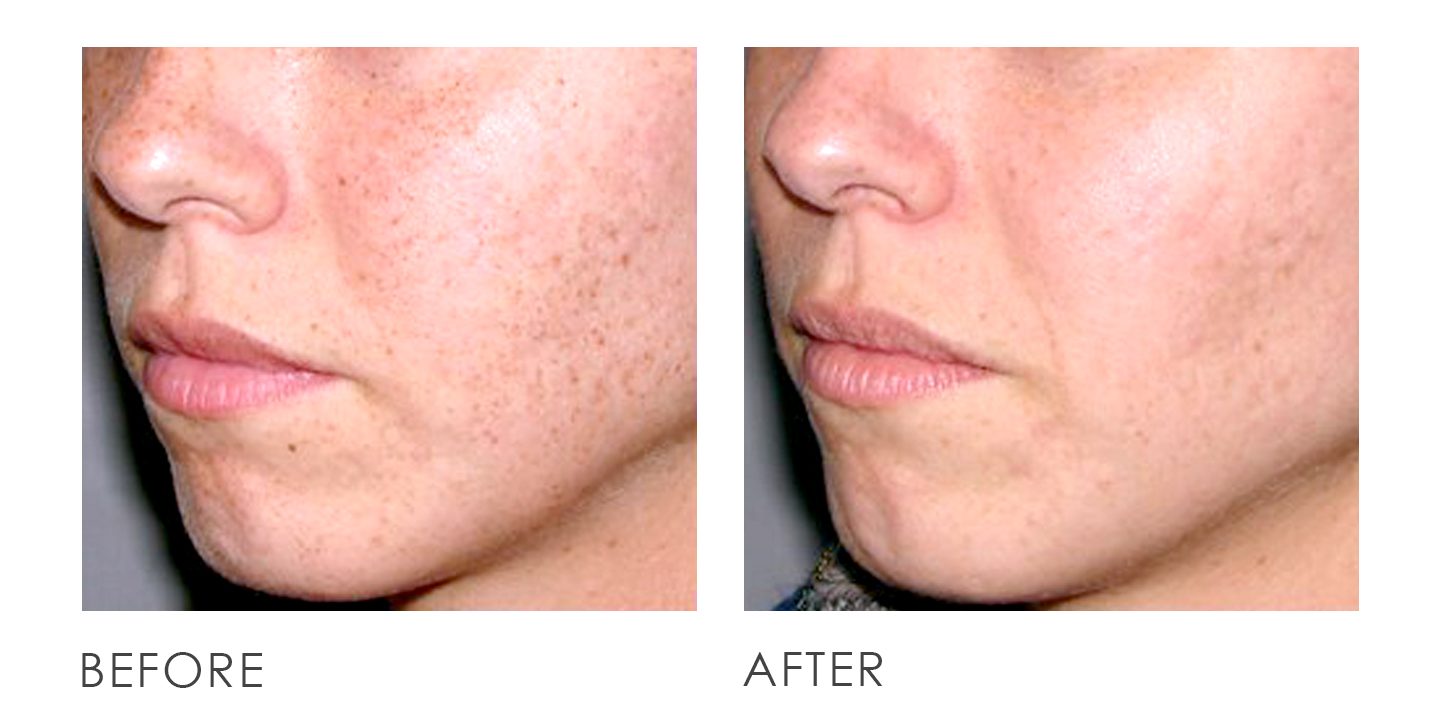Though not its main indication, an IPL photofacial treatment can also stimulate collagen production and improve signs of aging, like fine lines and wrinkles. While it can be used to reduce unwanted hair, this treatment option is not as effective as laser hair removal. An IPL device works by delivering an arc of light energy that penetrates all levels of the skin, without harming the surface (the epidermis), so there’s little to no downtime afterward. This light treatment can be performed on the face, hands, neck, chest, and legs. The size of the head of the IPL device is usually larger than most laser spot sizes, which allows for rapid treatment of large body areas.
Most people need a series of IPL photofacial treatments to see optimal results. They’re typically performed three to four weeks apart.
What are the pros and cons of IPL therapy?
Pros
IPL photofacials are best used to treat excess or uneven pigmentation, helping to reduce age spots, sunspots, freckles, and melasma (aka hyperpigmentation).
The treatment is also effective at reducing redness caused by broken capillaries, rosacea, and general facial flushing—something only a few other light-based modalities can do.
IPL can also be helpful at reducing discoloration from acne and acne scars.
It can also improve skin texture, including fine lines and wrinkles. In one study, nearly 60% of patients experienced at least moderate improvement in skin around the eyes after three monthly IPL sessions.
This skin treatment is often less expensive than laser treatments that address the same concerns. However, multiple sessions are usually required for the best results.
IPL treatments bypasses the skin’s surface, so recovery time is minimal. You usually can return to your routine immediately after your treatment.
The risks of IPL are lower than those of some other light-based procedures.
Cons
It works best on fair to medium skin tones, Fitzpatrick skin types I–III. Because the melanin (pigment) in skin absorbs light energy, deep skin tones are more likely to burn and, potentially, scar. Treating more pigmented (Fitzpatrick IV-V) or tanned skin, even from self-tanning lotion, can cause burns, which can cause permanent hypo- or hyperpigmentaton.
The treatment can hurt, with a sharp prickling, snapping, or stinging sensation. Most providers apply an anesthetic cream beforehand can numb the skin, which should make it tolerable.
IPL is much less effective at hair removal than laser treatments.




